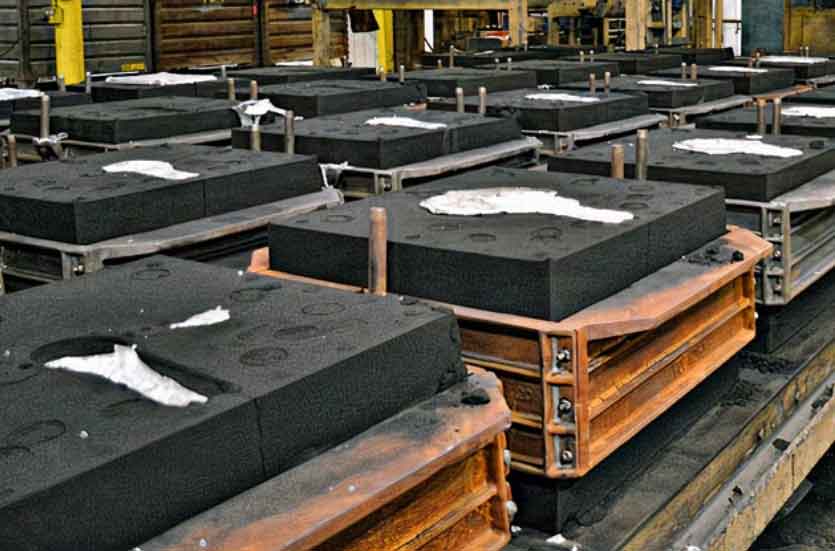
Optimizing the molding process in resin sand casting can significantly improve efficiency, reduce production time, and enhance overall quality. Implementing best practices and making strategic improvements can lead to cost savings and a smoother manufacturing workflow. Here are some key tips for optimizing the molding process in resin sand casting:
- Proper Sand Preparation: Ensure that the sand is properly prepared and conditioned before mixing it with the resin binder. Use high-quality sand and avoid excessive moisture or contaminants that can impact mold quality.
- Uniform Sand Mixing: Achieve consistent sand mixing with the resin binder to ensure even distribution and avoid weak spots in the mold. Utilize modern sand mixing equipment and follow established mixing protocols.
- Optimize Curing Conditions: Maintain controlled and consistent curing conditions, including temperature and humidity, to achieve the desired mold strength while minimizing curing time.
- Automated Mold Handling: Implement automated systems for mold handling and transportation to reduce labor-intensive processes and improve the overall workflow efficiency.
- Accurate Pattern Placement: Precisely position the pattern within the mold to achieve the desired casting dimensions and minimize material waste.
- Enhanced Venting and Gating: Design and optimize the venting channels and gating system to ensure efficient escape of gases and smooth metal flow during pouring.
- Mold Clamping and Alignment: Properly clamp the mold halves and ensure precise alignment to prevent misalignment issues that can affect the casting’s accuracy.
- Rapid Pattern Removal: Implement efficient methods for pattern removal from the mold to minimize downtime between casting cycles.
- Monitoring and Control: Implement real-time monitoring and control systems to track key process variables such as sand moisture content, curing time, and temperature to maintain consistency and quality.
- Quality Control and Inspection: Conduct regular quality control inspections at various stages of the process to identify and address potential issues early on, reducing the likelihood of defects and rework.
- Continuous Improvement: Encourage a culture of continuous improvement by seeking feedback from the team and implementing innovative ideas to enhance efficiency and productivity.
- Worker Training and Skill Development: Provide proper training to workers involved in the molding process to ensure they have the necessary skills and knowledge to perform their tasks effectively.
- Lean Manufacturing Principles: Apply lean manufacturing principles to eliminate waste, streamline processes, and optimize resource utilization.
- Collaboration with Foundries: Collaborate closely with skilled foundry professionals to leverage their expertise and gain insights into further process optimization.
By implementing these optimization strategies, manufacturers can streamline the molding process in resin sand casting, leading to increased efficiency, reduced production costs, and improved casting quality. Optimized molding processes contribute to higher productivity and a competitive edge in the metalworking industry.
